Про нашу компанію
«Лезниківський кар’єр» – одне з найбільших підприємств України, що спеціалізуються на видобутку та переробці будівельного каменю. Розташований за 160 кілометрів від Києва – неподалік села Лизник Житомирського району Житомирської області.
Основний вид діяльності підприємства – видобуток будівельного каменю із власного родовища та його подальша переробка.
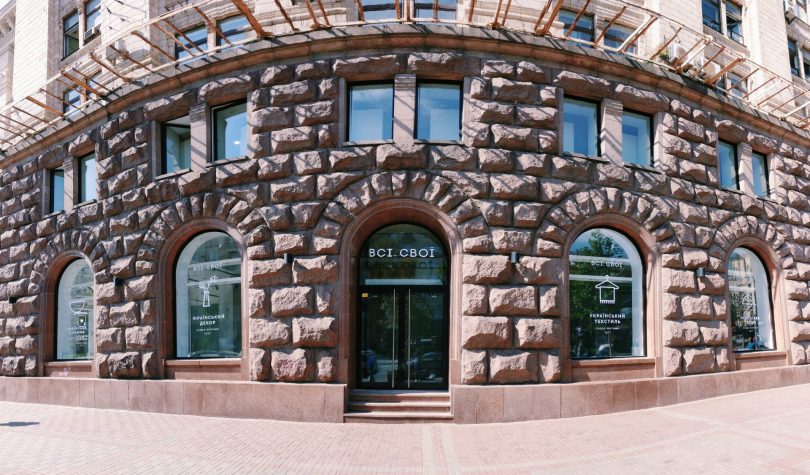
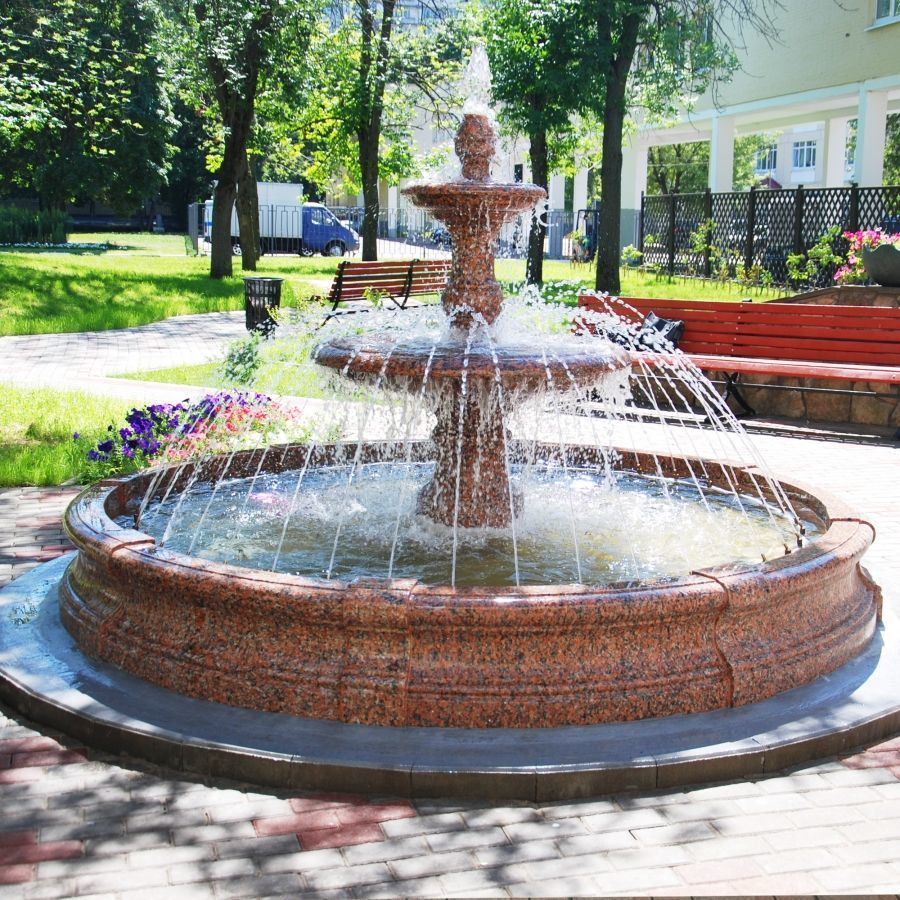
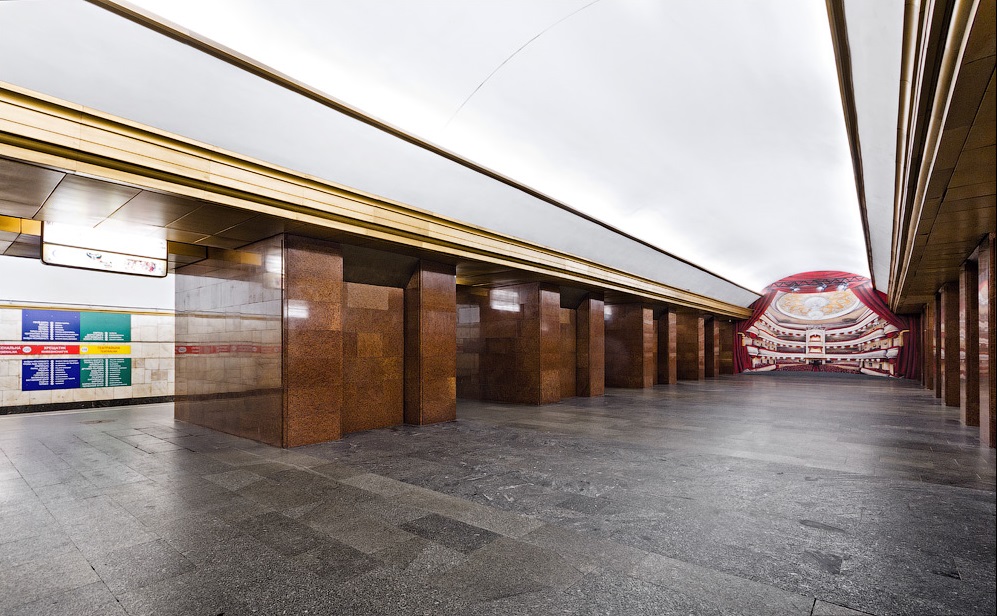
Наше виробництво
Наше підприємство має переробні цехи, обладнанні високоякісним обладнанням німецьких та польських виробників – фрезі, канатні машини, полірувальні та фігурні верстати.
Що дозволяє виробляти усі види бруківки – колоту, пиляну, термооброблену та поліровану, архітектурні фігури, плитку, стіновий камінь, бордюр, сляби та інше.
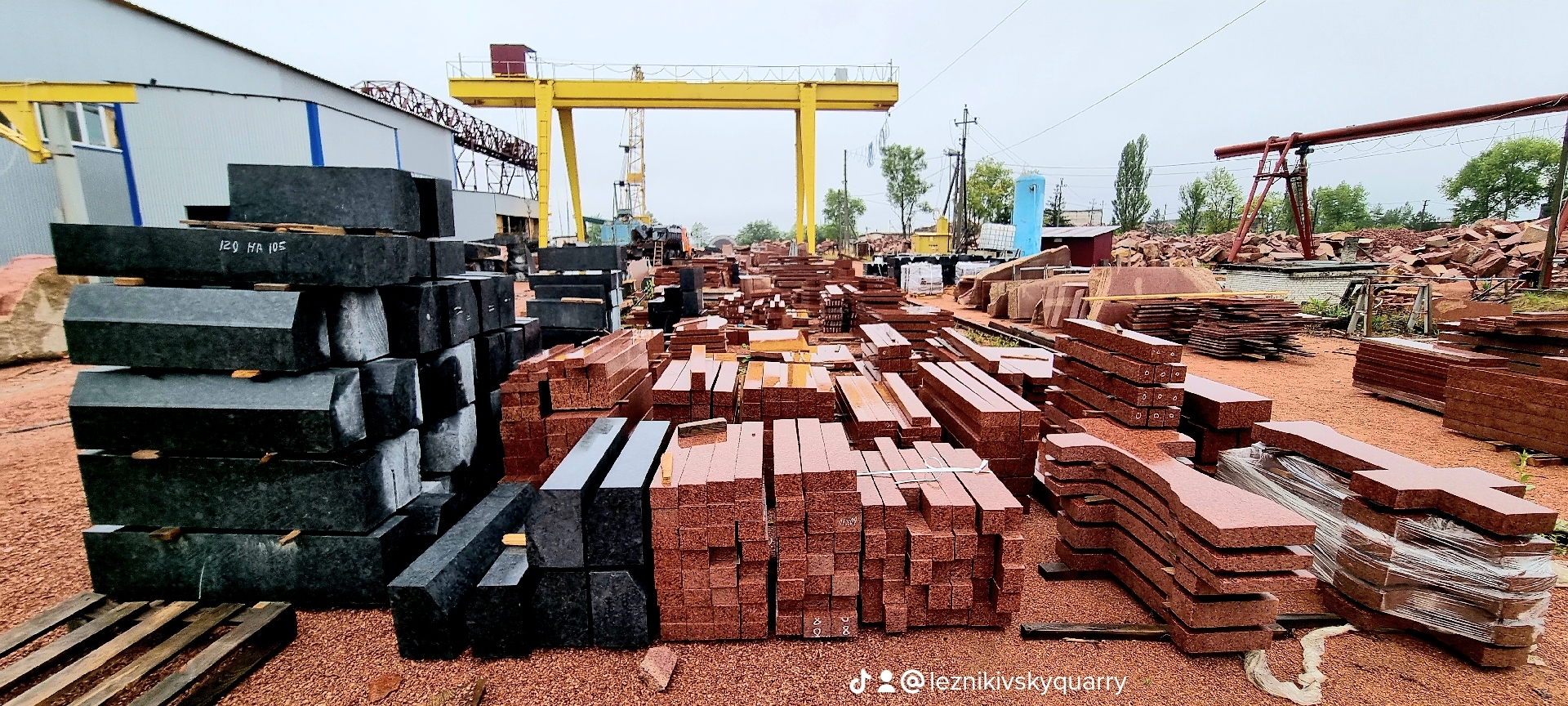
Цех по обробці природного каменю
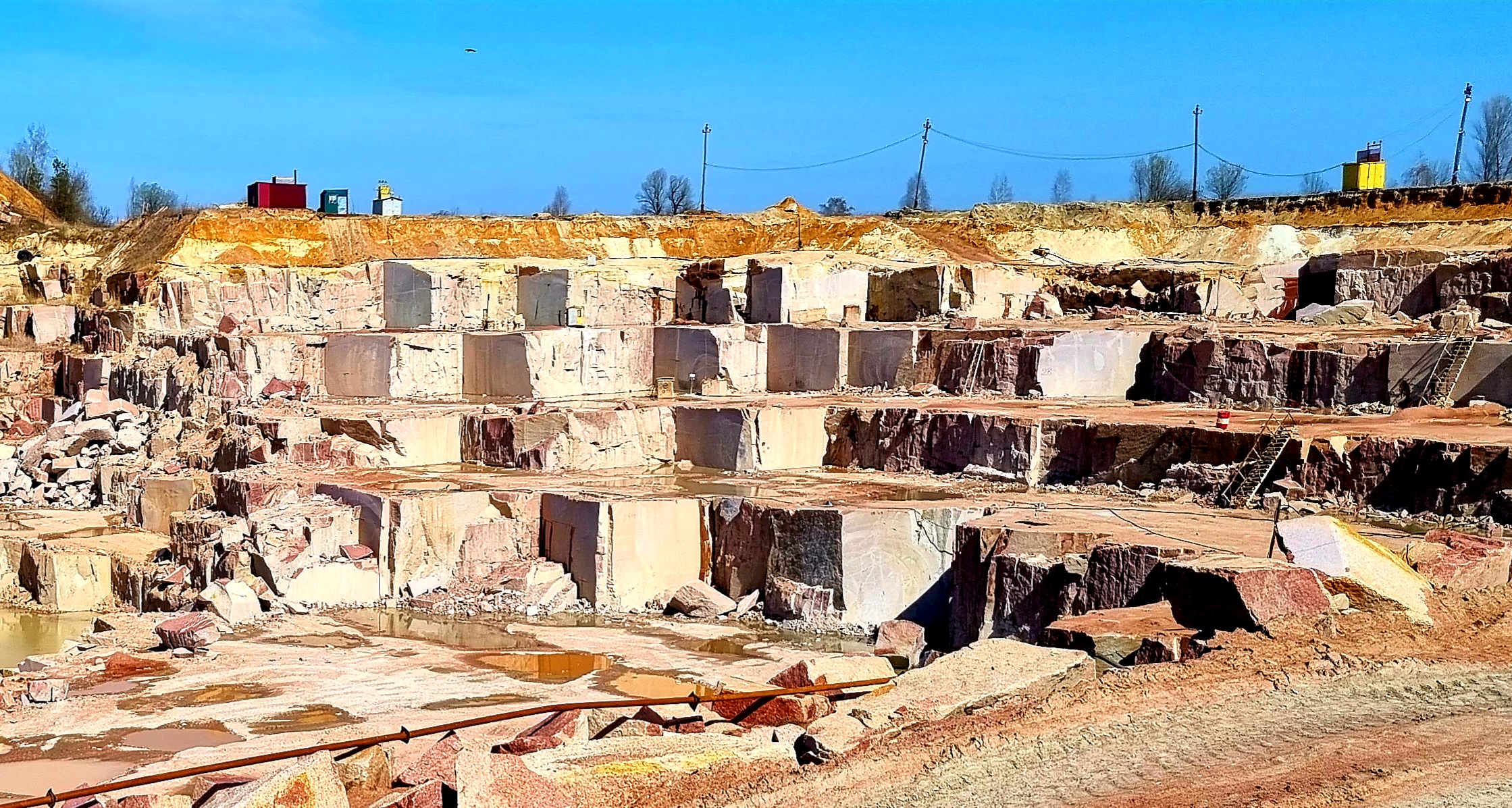
Блочний Цех
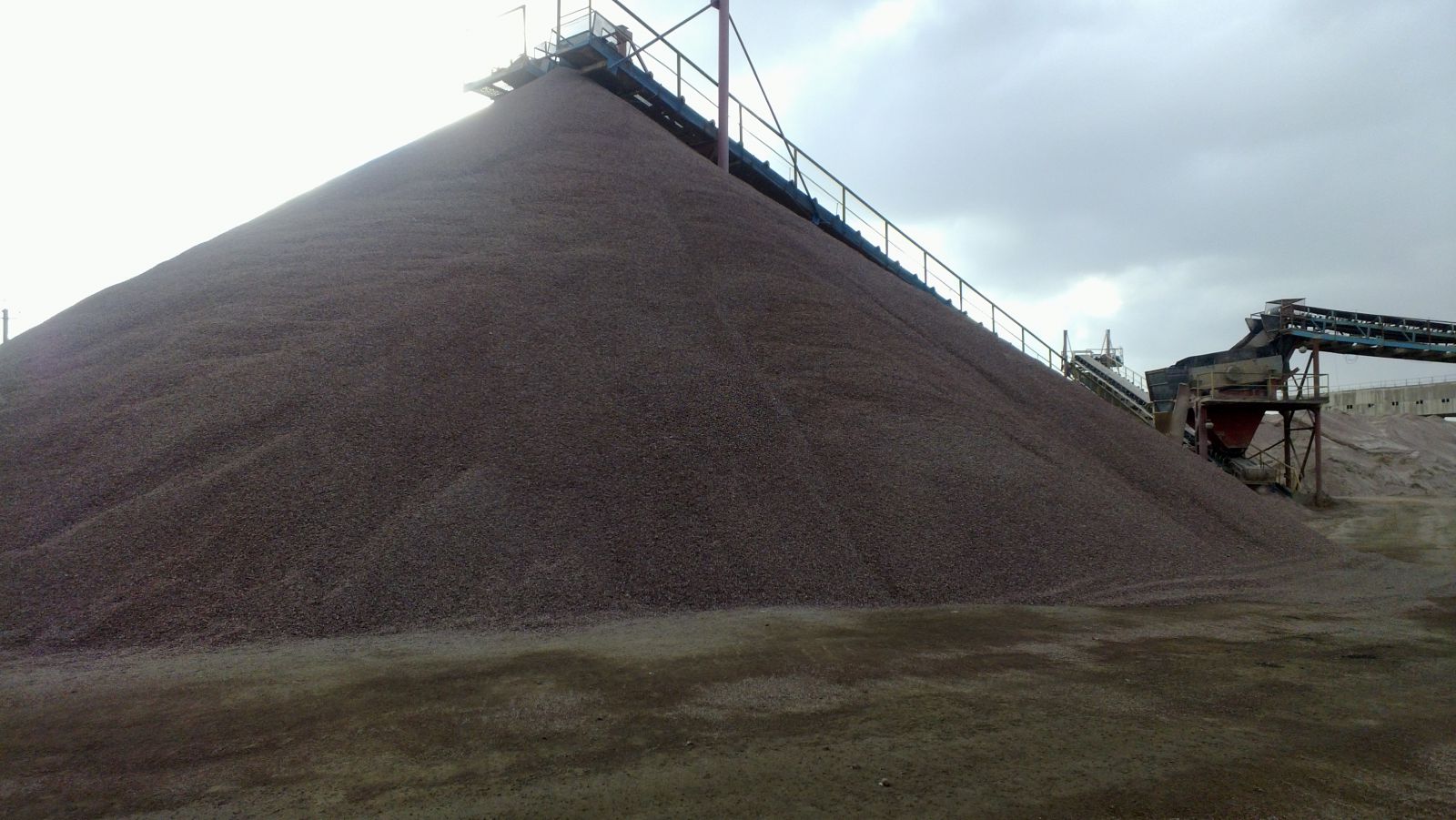
Дробильний завод

Цех по виробництву бруківки

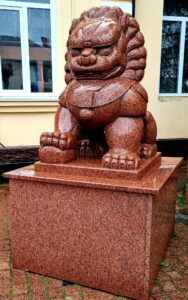
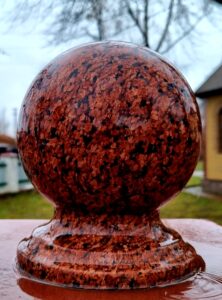
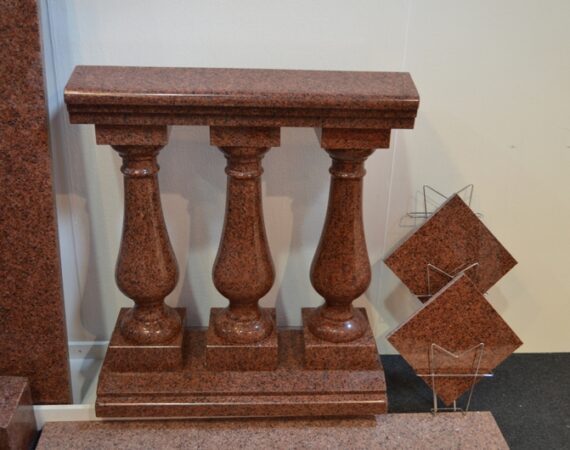
ВІЧНІСТЬ КРАСИ В КОЖНОМУ ВИРОБІ!
Виробляючи продукцію, ми завжди підходимо індивідуально до кожного замовлення, особливо якщо ці вироби в майбутньому прикрашають місце де встановлюються та приносять задоволення всіх оточуючих не на один вік.
Вічність краси в кожному виробі!
Наша історія
Назва Лезники є яскравим і цінним свідченням до історії поселення та історії мови мешканців Полісся. Лезники — це дериват від апелятива лезиво (в поліських говірках лєзіво). Лезиво поліське або плетениця — засіб зі шкіри, що використовується на Поліссі, для пересування стовбурами високих дерев, що не мають сучків, з метою добування меду з бортей (вуликів), вивішених високо на деревах. Лезники — це люди-виробники лезива. Назва села свідчить, що люди в Лезниках займались бортництвом і виготовляли лезиво для власних потреб і, цілком можливо, для промислу і збуту лезива на ринках в містечку Горошках, або, якщо такі були, у Топорищах. Відомо, що бортництво є широко розповсюдженим заняттям серед мешканців Полісся. Є свідчення про те, що бортництвом займались в поблизьких селах на Волянщині і в Солодирах. В 1860-х роках в Лезники стали прибувати німецькі колоністи.
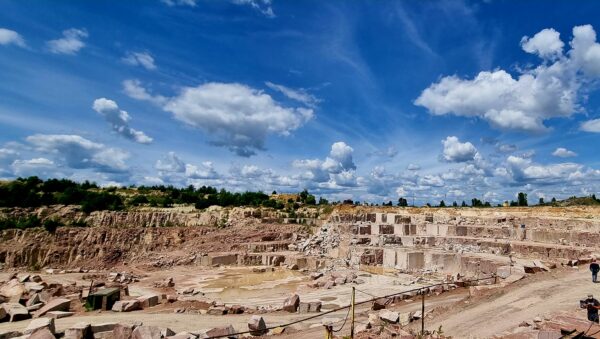

У 1811 році село називалось Буда Поташева Кутовська Лезники. Тоді в селі ще щонайменше з 1795 року мешкали вільні люди ремісники-міщани переважно з дрібної руської, польської та литовської шляхти, що були будниками і виготовляли поташ необхідний для місцевих гут — підприємств для виробництва скла. Мешканці Буди Лезників розмовляли польською мовою та, можливо, українською, мали латинські та грецькі імена, були римо-католиками та греко-католиками. Після закриття Росією греко-католицьких церков наприкінці XVIII ст. і примусового перехрещення греко-католиків в російський зразок православ’я деякі з них почали ходити до костелу. Місцеві мешканці були парафіянами костелу Святої Теклі в Топорищі, який звели у 1780-х роках на кошти Теклі Немирич.
Багато місцевих людей, які називають себе поляками, не є етнічними поляками, хоч можуть мати частково польське походження. Їхні прізвища свідчать, що більшість з них походить зі старовинних білоруських та українських боярських та зем’янських родів Великого Князівства Литовського з територій сучасних Білорусі та України. Після Люблінської унії та утворення Речі Посполитої, давши згоду на взаємну інтеграцію литовсько-руських земель та польських, вони були інтегровані в цю державу, вважаючи її своєю, а себе – її громадянами, називали себе поляками, застосовуючи це поняття в значенні політоніма: “мешканці держави Полонія”, за аналогією до литвинів як мешканців Литви та москвинів як мешканців Московії. При цьому це не заважало литвинам (сучасним білорусам та литовцям) писати: “ми, литвини, як добрі поляки” в значенні “ми, мешканці Великого князівства Литовського як порядні громадяни Речі Посполитої”, а русинам “gente Ruthenus, natione Polonus” – “з походження русин, нації політичної польської”. Перехід на польську мову спілкування був природним непримусовим процесом. Польська мова була міжетнічною мовою спілкування в державі литвинів, поляків та русинів. Після падіння Речі Посполитої і відходу її з теренів житомирського Полісся в 1793 році, мешканці Лезників продовжували називати себе поляками в значенні політоніма. А коли в середині XIX сторіччя почали зароджуватись сучасні нації, через прив’язаність до польської мови та культури Речі Посполитої політонім поляк став сприйматись його носіями як етнонім поляк, що було помилковим сприйняттям, але цілком закономірною трансформацією.

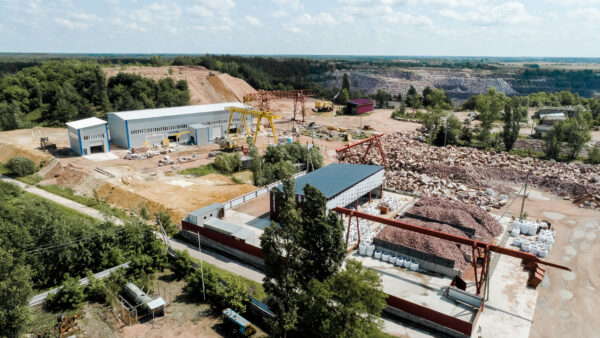
Серед мешканців села у 1811 році зустрічаємо родини чиншовиків Зубовичів (Зубовських), Шпаковських, Телецьких, Зубрицьких, Ґонґала (Ґаґан), Івановичів (Яновичів), Сульченковських, Сівак, Чепинок/Чепаног, Офенських/Єфенських, Ярошевичів, Зиґмунтів, Крентовських, Ґроховських/Ґрохольських, Касимчуків. Більшість із цих людей мешкала в поселенні ще у 1795 році. Коли воно належало Анджею Комару гербу власного, старості шоломицькому з пінського повіту, який сплавлявся річками Полісся, досліджував їхню глибину та займався справою спорудження каналу, який би з’єднував Віслу та Дніпро і відкривав судноплавний шлях з Балтійського до Чорного моря. Цілком можливо, що частина мешканців Буди Лезників могли прибути сюди з Пінська або пінського повіту разом з Анджеєм Комаром, але більшість мала походити з сусідніх сіл.
Анджей Комар був одружений з Ельжбєтою Завішею, яка в другому шлюбі побралася з маршалком Яном Завішею Чарним.
На момент 1811 року Анджей Комар вже продав Лезники маршалкові житомирського повіту і кавалерові Яну сину Анджея Завіші.
Частка назви Кутовська ймовірно походить від місцевих шляхтичів Кутовських, яких зустрічаємо в історичних джерелах, що стосуються середини XVII ст. в радомишльському повіті.
В 1853 році в Лезниках мешкали родини католицького віросповідання: Шацило, Тичина, Немежицькі (Немержицькі), Бартошевичі, Сорочинські, Расновські, Смик, Ваховські, Барановські, Сержанські, Талько, Скоковські, Симони, Заруцькі, Дідковські, Корицькі, Перегуда, Заброцькі (Забродзькі), Овчарські, Подґурські, Шимановські, Ґаґан. Бачимо майже цілковиту заміну мешканців села. Дрібні шляхтичі були вільними людьми і переселялись з села в село в пошуках вигідних умов та заробітку. Більшість з них оселялись в селах, де діяли дрібні підприємства, такі як буди (поташні), гути, рудні, тартаки, щоб працювати на них. В 1853 році село вже не називається Буда Лезники. Ймовірно, на той час підприємство в селі вже припинило свою діяльність, що спричинило відтік населення.
У 1906 році Лезник, село Фасівської волості Житомирського повіту Волинської губернії. Відстань від повітового міста 40 верст, від волості 7. Дворів 41, мешканців 366.
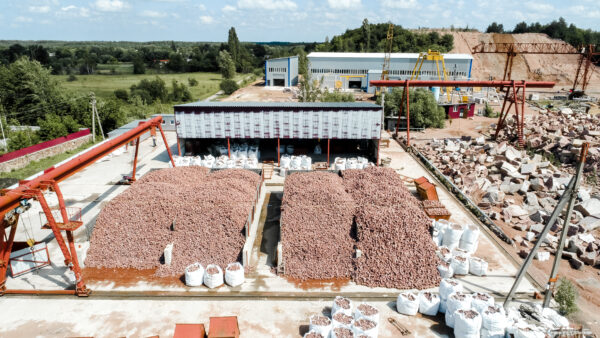
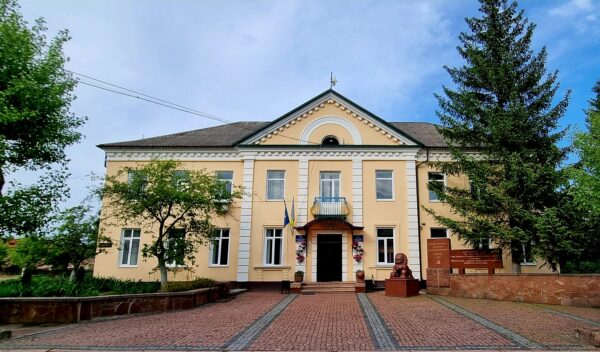
Саме Лезниківське родовище розробляється з 1898 року.
У 1924 році на родовищі були добуті блоки для будівництва мавзолею В.І.Леніна. Лезниківським гранітом облицьовані елементи будівлі Університету імені Ломоносова, станція метро «Театральна» (м. Київ), а також безліч монументальних споруд і будівель. Район робіт добре геологічно вивчений, по ньому наявні геологозйомочні матеріали масштабу 1 : 200000 і 1 : 50000, в яких знайшли відображення всі матеріали загального характеру. Родовище вперше було розвідане в 1935-1936 роках. Розвідка у 1951 році проводилась організацією Укргеолнерудтрест. Встановлено, що для відкритої розробки придатна центральна частина родовища, площею 18,95 га. Граніт придатний для облицювально-декоративних виробів, бута й щебеня. Тоді ж вперше затверджені запаси граніту.
У 1958-1959 роках трестом «Київгеологія» проведена детальна розвідка Лезниківського родовища гранітів, якою визначено, що для відкритої розробки придатна ділянка родовища, яка примикає зі сходу до діючого кар`єру, характеризується потужністю вскришних порід й високоякісним гранітом, придатним для бута і щебеня. У 1973 році на Лезниківському родовищі проведені геологорозвідувальні роботи з метою вивчення можливості отримання гранітів в якості блочного облицювального каменю на площі, яка примикає з заходу до раніше вивченої. Проведеними роботами встановлено, що на розвіданій площі блочний граніт є, добича крупних блоків можлива, однак серед гранітів переважає рожево-червоний граніт. Запаси гранітів на ділянці розвідки складають 23,0 тис. м3.
У 1974-1975 р.р. КГЕ «Укргеолбудм» проведена до розвідка родовища по площі й на глибину, в результаті якої встановлено, що переважно на родовищі представлені сірі й рожево-сірі й червоні граніти. Дорозвідка Лезниківського родовища 1984-1986 рр. проводилась з метою виявлення гранітів для виробництва блочної продукції, виділені площі, в межах яких можливий видобуток блочного граніту. На сьогодні в межах Лезниківського родовища промислова розробка проводиться на трьох ліцензійних ділянках: власне Лезниківське родовище, Ділянка Східна Лезниківського родовища та Ділянка Лизники-3 Лезниківського родовища. Крім того, враховуючи широку популярність і високі декоративні властивості каменю, вживалися неодноразові спроби щодо пошуків і розвідки нового об’єкту на різних флангах Лезниківського гранітного масиву.
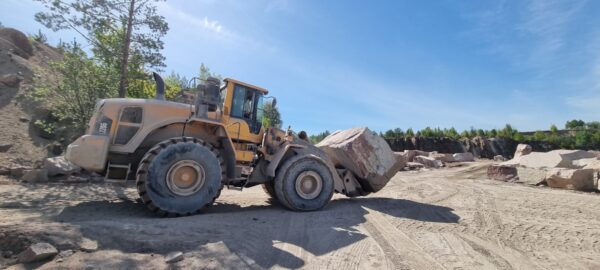
СОЦІАЛЬНА ВІДПОВІДАЛЬНІСТЬ
Ми працюємо ринку гірничо-добувної промисловості більше 100 років, тому несемо повну відповідальність за цей процес. Повірте, що наша компанія виробляє продукцію абсолютно безпечно для навколишнього середовища. Ми проводимо щорічну сертифікацію нашої продукції на відповідність радіаційним та санітарним нормам.
Безсумнівно, Ви ніколи не пошкодуєте про співпрацю з нашою компанією. Професійна команда наших співробітників завжди готова протягнути руку допомоги та надати Вам найкращу продукцію.

